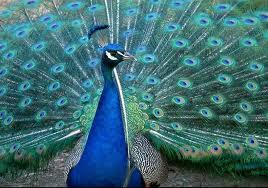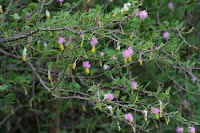Birds are characterized by position of feathers(only animals in the world that have feathers)
5 Types of birds
- Predatory birds
- Passerines
- Non passerines
- Waterfowl and marshald birds
When you want to identify a bird you look at:
- Size
- collour
- Bill shape and collour
- Leg collour
- Habitat
- Activity
- Region
Bird anatomy:
- Passerines: Foot structure that can hold onto a branch, 60% of all birds are passerines, Nurture their chicks.
- Non-Passerines: Land birds, don't nurture their chicks
Feathers:
Types
- Philoplume
- semiplume
- down
- Bristle
Preening
They do it to clean themselves, to take old feathers out, and to spread oil through all the feathers.
Beaks:
- cracker-eats seeds
- shredder- birds of prey
- chissel- insect eaters
- Probe- nectar
- strainer-small fish and plants
- tweaser- insects
- swiss army knives- eat anything
Breeding
Males try to impress ladies with sounds, collour change, dance, long tails.
To make nests they use different materials like grass, mud, in tree holes ext.
Migration
Its a regular seasonal journey, they do it, because
of food availability, weather and habitat.
Interesting facts:
- The Hammerkop makes very big nests (1.5m)
- Red billed hornbill nests in holes in trees
- Forktail Drongo is very aggressive and will even attack birds of prey if threatened
- Crested Barbet do not fly easily
- Crimson breasted shrike take its killng and stick it on thorns to mark its territory
- Hoopoe's eggs are pale blue
- Helmeted Guineafowl can walk 10km a day
- Shaft tail whyda lay a egg a day for 3-4 days























